Crab spiders have crablike moves and powerful venom:
Crab spiders articulate backward, forward, and sideways movements with the fluidity of crabs. They belong to the Thomisidae spider family whose species total 2,000 worldwide and 200+ within North America. They can be recognized by:
• two backward-curved humps of four feeble-sighted, small-sized, wide-spaced eyes each, atop the cephalo-thorax (merged head and thorax);
• two front pairs of long, seven-segmented, slim legs capable of pincer-snapping prey, covered with prey-immobilizing hairs on the insides, and culminating in two-clawed tips; and
• two rear pairs of seven-segmented, short, stump-like legs ending in two-clawed tips.
Since they do not have teeth with which to mash such food sources as insects, especially ants and bumblebees, and other spiders, they depend upon fangs.
*****
website: http://www.rosenpublishing.com/index.php?option=com_content&view=article&id=40
*****


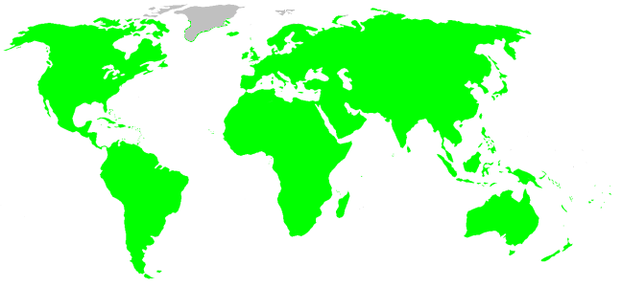
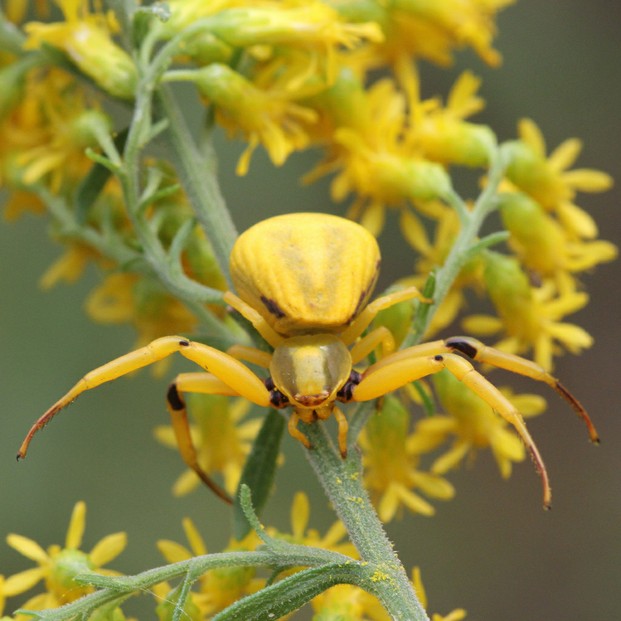
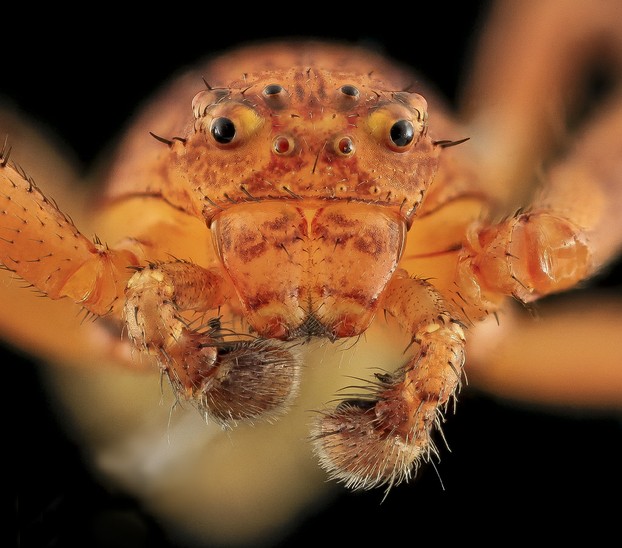
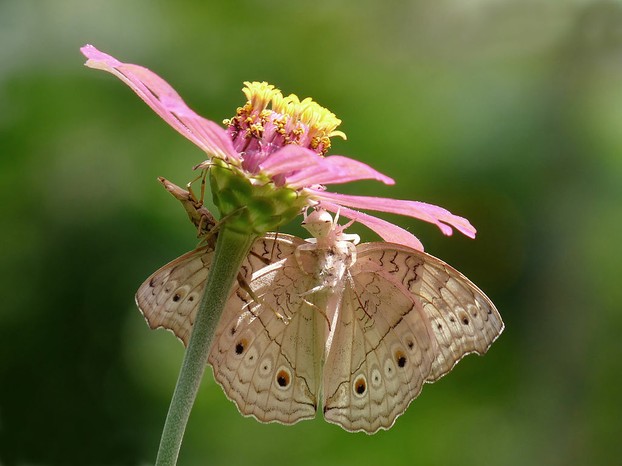
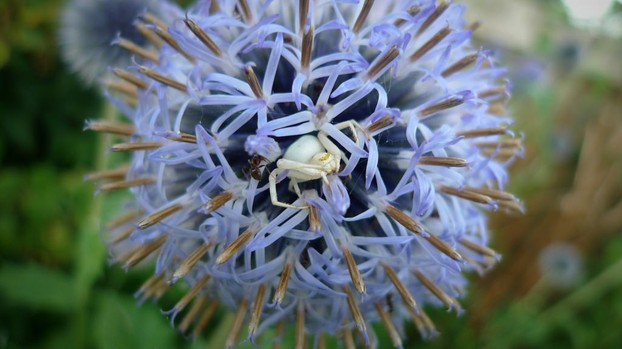
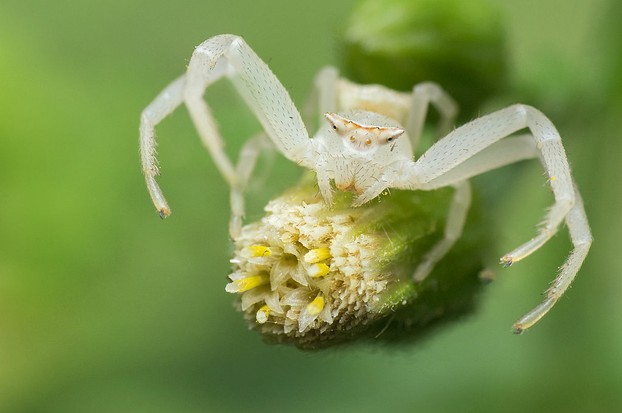
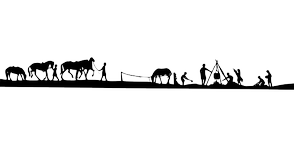

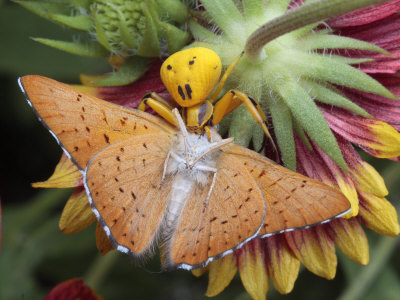

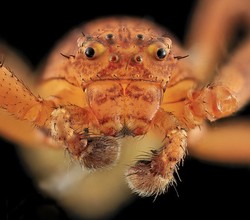

 Are Hawaiian Huakai Po Nightmarchers Avenging Halloween Thursday?on 10/02/2024
Are Hawaiian Huakai Po Nightmarchers Avenging Halloween Thursday?on 10/02/2024
 Mailing Addresses for 2023 Form 4868 Extending 1040 and 1040SR April 15, 2024, Due Dateon 04/15/2024
Mailing Addresses for 2023 Form 4868 Extending 1040 and 1040SR April 15, 2024, Due Dateon 04/15/2024
 Mailing Addresses for 2023 Forms 1040 and 1040SR Filed in 2024on 04/15/2024
Mailing Addresses for 2023 Forms 1040 and 1040SR Filed in 2024on 04/15/2024
 Mailing Addresses for 2022 Form 4868 Extending 1040 and 1040SR April 18, 2023, Due Dateon 04/13/2023
Mailing Addresses for 2022 Form 4868 Extending 1040 and 1040SR April 18, 2023, Due Dateon 04/13/2023

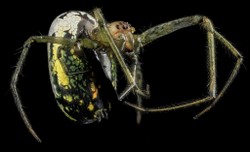
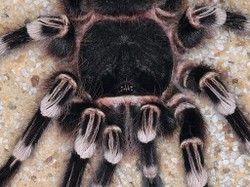
Comments
dustytoes, Me, too, I find crab spiders to be interesting. Their patience, sitting quietly on flowers, is phenomenal. Their camouflage is well done. Such a wonderful experience, indeed, to see white crab spiders on your daisies. Yellow crab spiders like the goldenrods near my house.
I see white crab spiders on my daisies in summer. Little spiders, that are not poisonous, don't bother me. I find them interesting.